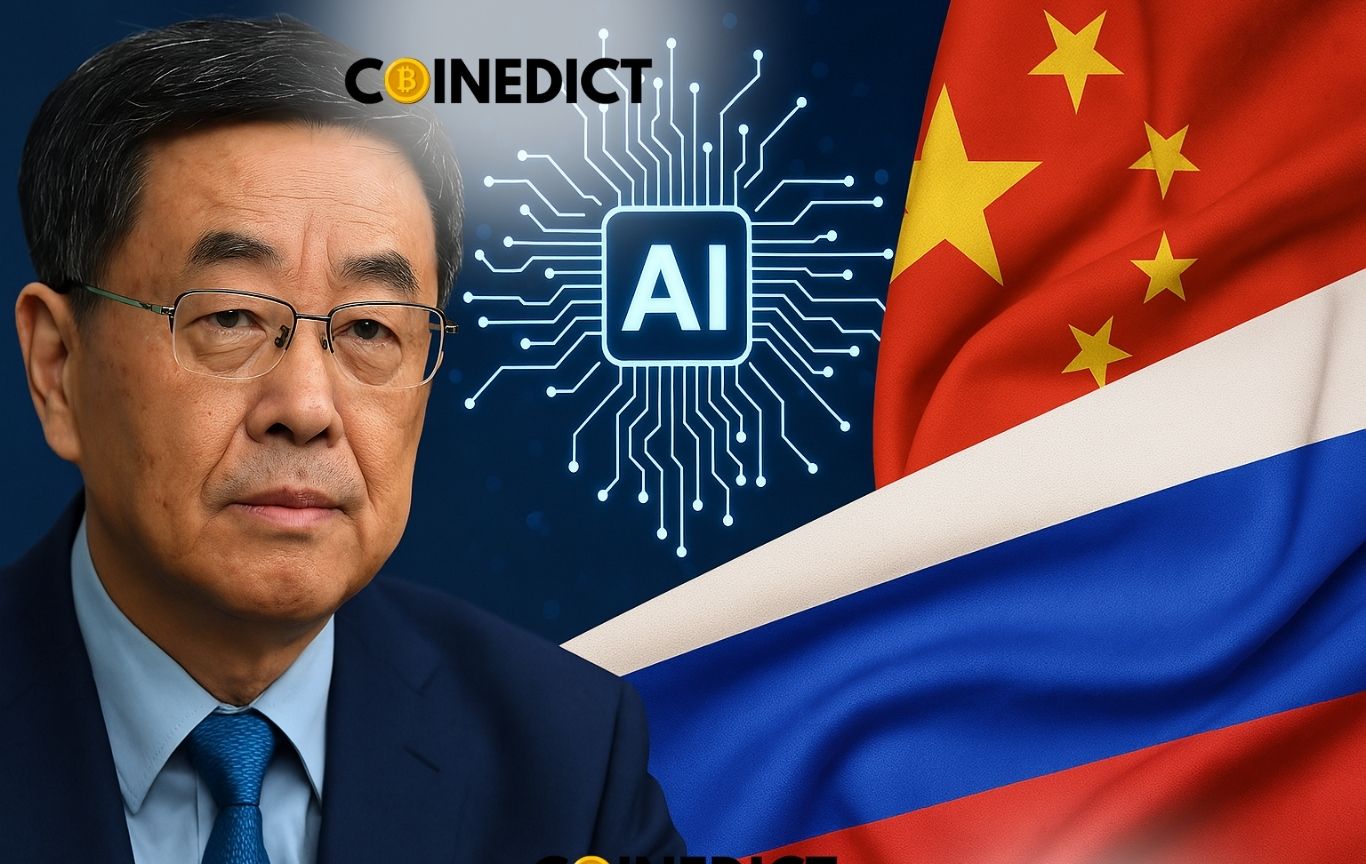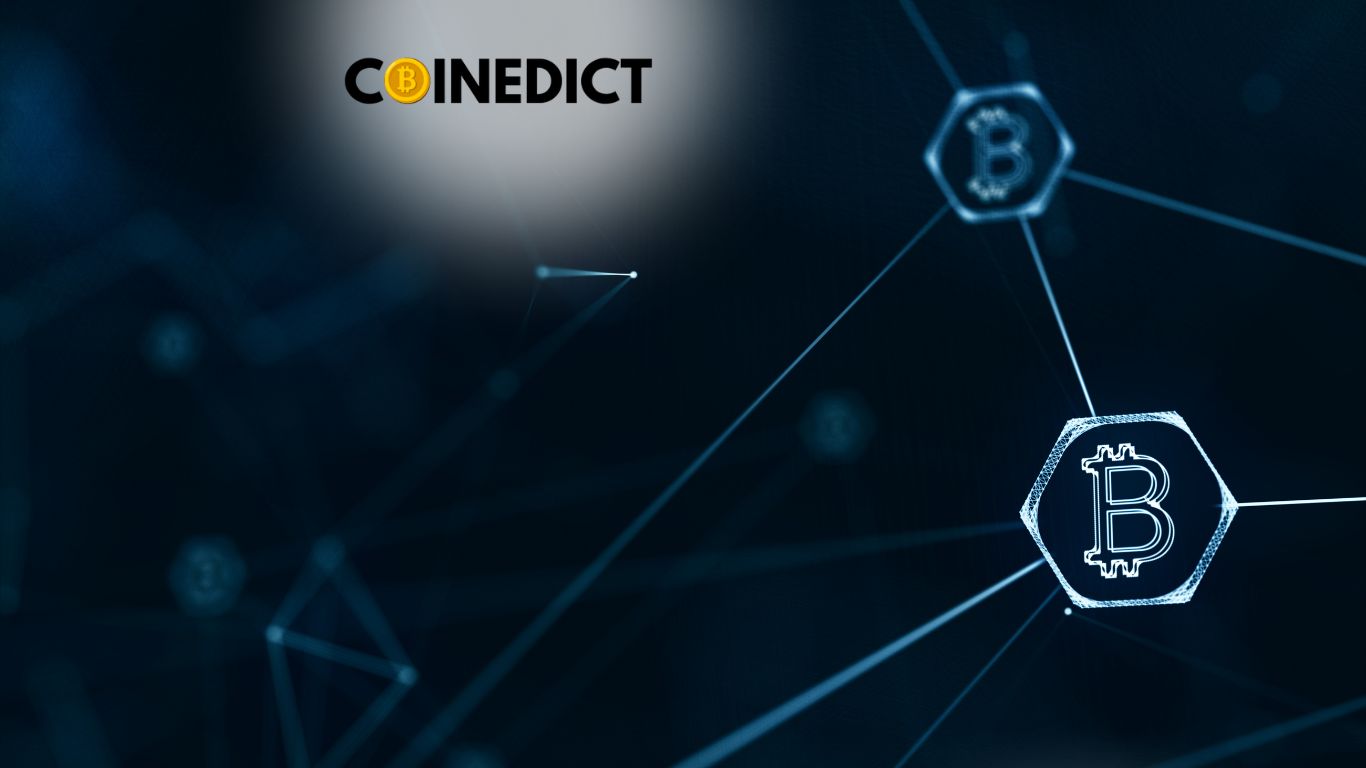As the race to dominate artificial intelligence (AI) heats up, a Chinese startup is shaking the global tech scene — and it’s catching the attention of both allies and rivals.
DeepSeek, a rising AI firm based in Hangzhou, has become a standout player by offering powerful and affordable AI models. Its low-cost innovations are making it possible for smaller companies to compete with tech giants like OpenAI and Google — and that’s changing the game in more ways than one.
Chinese computer scientist and politician Lou Qinjian praised DeepSeek’s open-weight approach, saying it brings “Chinese wisdom” to the global tech space and reflects the country’s growing influence in cutting-edge AI development.
A Cheaper, Smarter Model
DeepSeek’s breakthrough is in how efficiently it builds large language models. Unlike U.S. companies that need tens of thousands of high-end GPUs and budgets nearing $100 million, DeepSeek built its top model with just $6 million and 2,000 Nvidia H800 chips. And it didn’t compromise on performance.
Its AI uses smarter techniques like reinforcement learning (instead of expensive supervised fine-tuning) and a memory-saving method called “multi-head latent attention,” which reduces resource usage dramatically. That’s a big win for startups and researchers looking to do more with less.
But What’s the Catch?
Despite its benefits, DeepSeek’s technology raises eyebrows — especially in the West. While the company has shared its trained AI model (“open weights”), it hasn’t revealed the actual code or the data sources used to train it. That means developers can build on DeepSeek’s models, but they can’t fully verify what’s under the hood.
This lack of transparency has sparked concerns about data privacy, copyright violations, and even the possibility of hidden surveillance or manipulation tools — especially given China’s history with tech censorship and control.
The Geopolitical Shift
DeepSeek’s rise comes at a time of growing AI collaboration between China and Russia. Russia’s largest state-owned bank, Sberbank, is partnering with Chinese scientists on joint AI projects. While details remain murky, the move is raising alarms in Western intelligence and tech communities.
Sberbank has already released its own chatbot, GigaChat, and is now openly discussing cross-border AI development. The partnership underscores a deeper strategy: China and Russia are aligning on more than just trade — they’re building technological power together.
U.S. Response: Stay Ahead, Stay Free
At a major AI summit in Paris earlier this year, U.S. Vice President JD Vance outlined the Trump administration’s stance. The message was clear: American AI must remain the global standard — fast, powerful, and free from authoritarian influence.
Vance warned against partnering with regimes that could use AI to spy, censor, or rewrite history. He also stressed the need to avoid overregulation that could stifle innovation. “American AI,” he said, “should be pro-worker, pro-growth, and anti-censorship.”
A Turning Point in the AI Race
DeepSeek has opened up new opportunities — and new questions. It proves that you don’t need billions to build a world-class AI, but it also reminds the world that not all innovation comes with transparency or ethical clarity.
As more countries jump into the AI race, the challenge now isn’t just about who can build the best model — it’s also about who can build the most trustworthy one.











